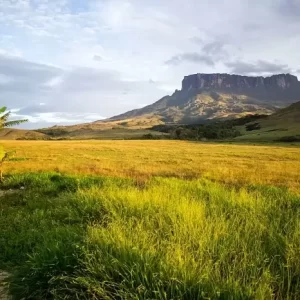Rising proudly amidst the Tasman Sea, Ball’s Pyramid is an ancient volcanic remnant, sculpted by time and nature into a towering rock spire standing 562 meters (1,844 feet) above the ocean floor. As the tallest sea stack in the world, it lies about 600 km (373 miles) east of mainland Australia.
Beyond being a geological marvel, Ball’s Pyramid harbors a unique ecosystem, home to rare species of flora and fauna—most notably, the world’s strangest insect, the Lord Howe Island stick insect (Dryococelus australis), affectionately known as the “tree lobster.”
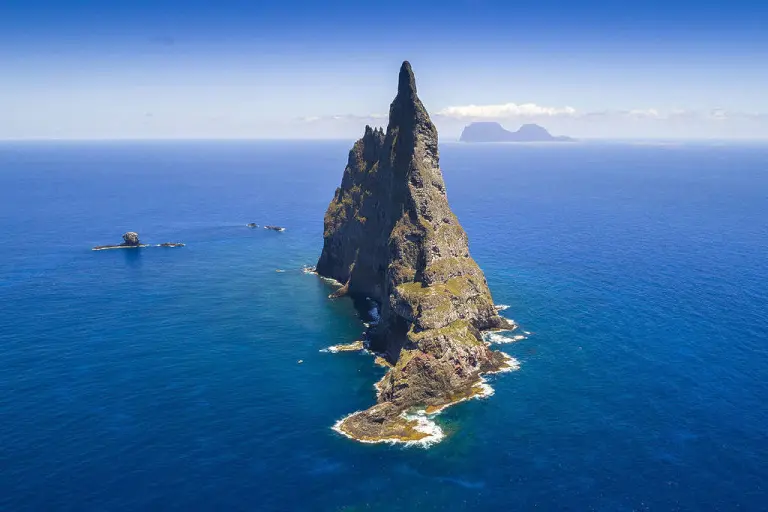
The Remarkable Survival of the “Tree Lobster”
A Near-Irreversible Extinction
Over a century ago, tree lobsters thrived on Lord Howe Island, near Ball’s Pyramid. However, in 1918, black rats introduced by a shipwreck eradicated the species from the island. Within decades, they vanished entirely from their natural habitat, becoming a symbol of the fragility of ecological balance.
An Astonishing Cliffside Discovery
In 2001, scientists exploring Ball’s Pyramid stumbled upon a small population of surviving stick insects. Miraculously, they owed their survival to a single plant:
- A unique refuge: The insects were found living on one solitary bush of Lord Howe Island tea tree (Melaleuca howeana) growing in a crevice on the steep rock face.
- A tiny population: Only 24 individuals were discovered, making the tree lobster the rarest insect in the world.
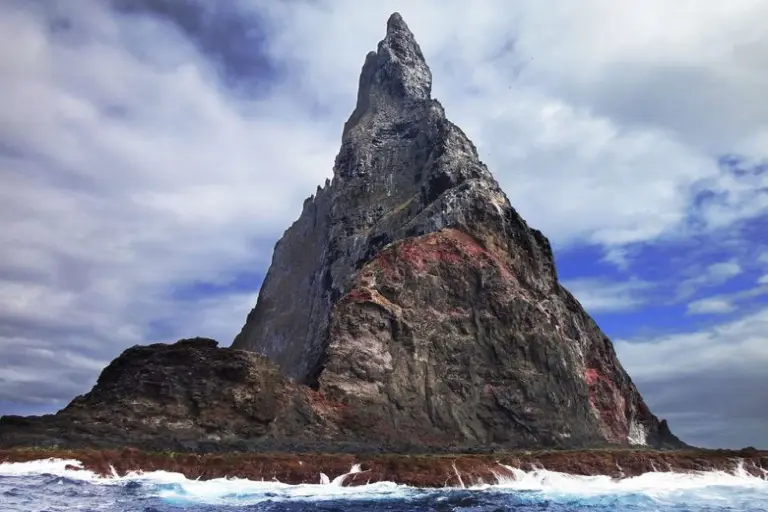
Fascinating Behavior of the Stick Insect
Unlike most insects with short, fleeting life cycles, the tree lobster exhibits intriguing social and reproductive behaviors:
- Lifelong pairs: Males and females form lasting bonds, sharing meals, grooming one another, and sleeping side by side each night.
- Impressive size: Adults grow up to 20 cm (8 inches) long and weigh around 25 grams (1 ounce), ranking among the largest insects on Earth.
- Unique reproduction: Eggs are laid beneath the roots of plants, and scientists have recorded their first successful hatching at Melbourne Zoo, which leads a breeding program for the species.
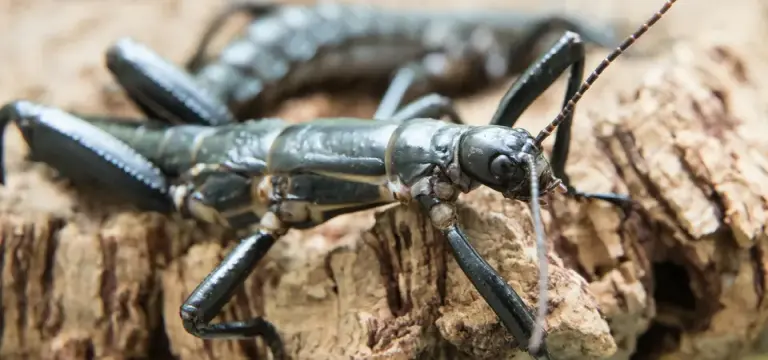
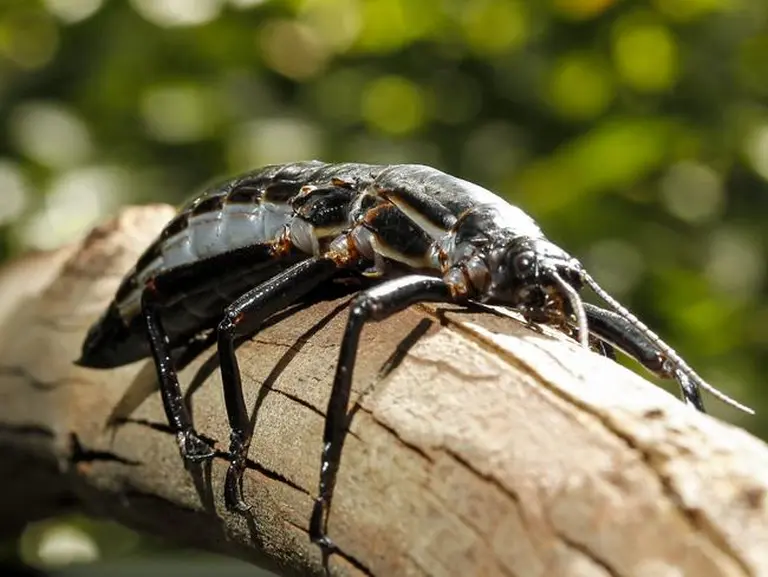
Ball’s Pyramid: A Treasure Trove of Mysteries
Beyond the stick insect, Ball’s Pyramid is home to various seabirds and endemic plants, forming a small but resilient ecosystem in the vast ocean.
- Geological origin: The island is the remnant of an ancient shield volcano, dating back 6.4 million years.
- Breathtaking landscapes: With sheer cliffs and rugged terrain, Ball’s Pyramid is a coveted challenge for climbers and explorers.
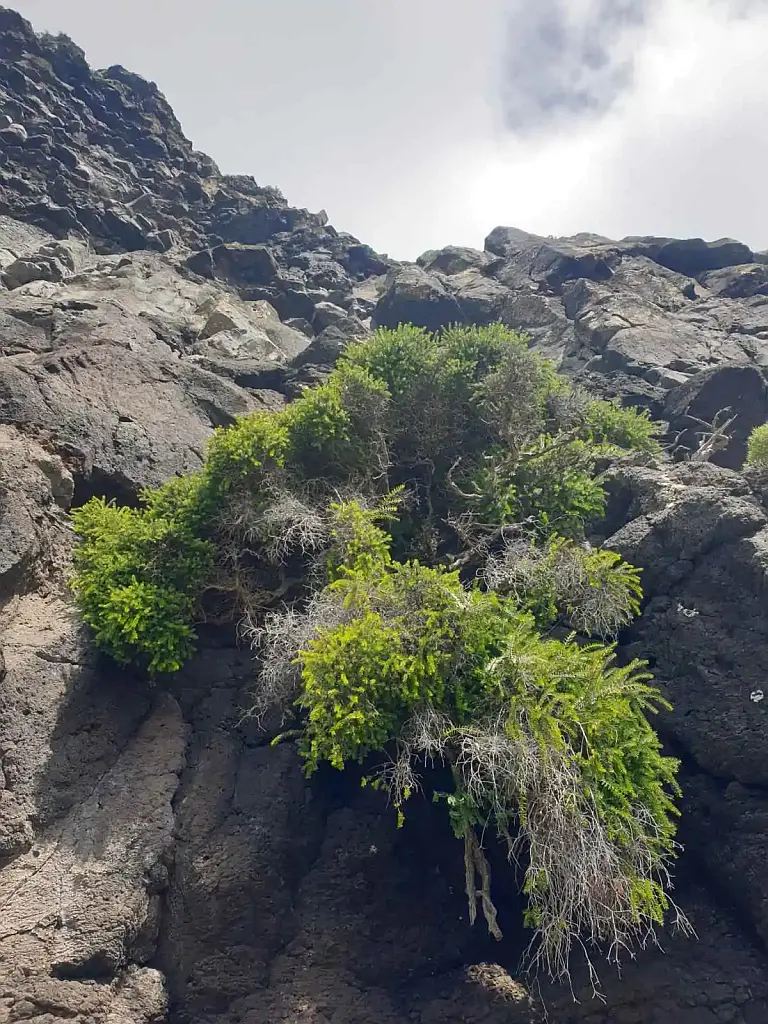
Lessons from the “Spear” of the Tasman Sea
The miraculous survival of the tree lobster on Ball’s Pyramid is more than just an insect’s story—it’s a powerful reminder of humanity’s responsibility to protect nature.
- Conservation challenges: With limited resources and isolation, the species remains vulnerable to climate change and other threats.
- Global efforts: Breeding programs in zoos and ecological research are paving the way to secure their future.
Though Ball’s Pyramid is inaccessible to most, reserved for scientists and licensed climbers, its story—and that of the Lord Howe Island stick insect—stands as a testament to resilience and adaptation in even the harshest conditions.
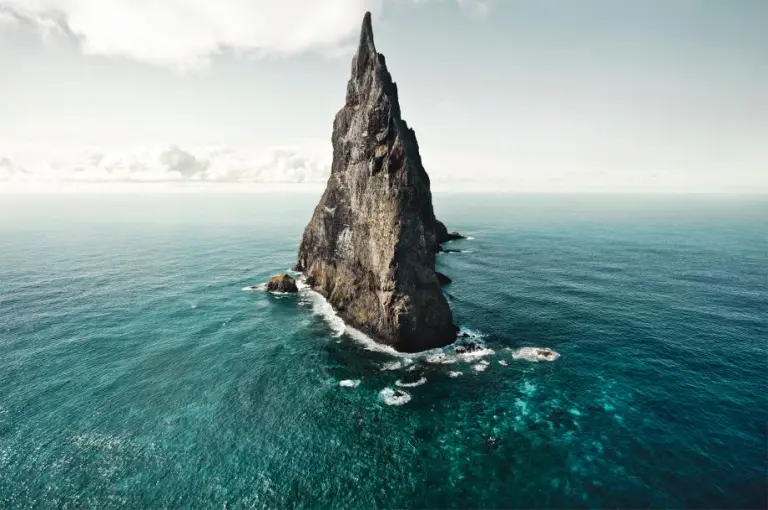
Conclusion: A Natural Wonder and Living Legacy
With its spear-like silhouette rising from the ocean, Ball’s Pyramid is not just a geological wonder but a symbol of tenacious life. From the lone plant sustaining a rare species to the tree lobster’s astonishing survival, this remote outpost reminds us that even the farthest corners of our planet hold incredible mysteries—and that every conservation effort has the power to rewrite history.
Are you ready to join the journey to uncover and protect nature’s hidden secrets?



